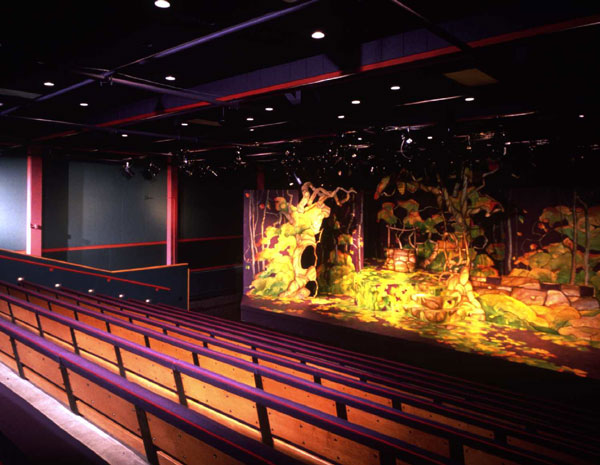My first teaching job, fresh out of high school, was children’s theater, at my town’s recreation department. The program had previously been limited to sports and crafts. To prepare, like any beginner, I read books and copied previous teachers. The books were full of games and exercises, which I read developed skills like body awareness, concentration, and imagination. Play was at the center of the classroom: the ego tricked to move out of the way, the group and its game become bigger than the individuals and their doubts.
When I began writing seriously I figured I’d like teaching the craft as well, provided I could keep helping learners have fun accessing their creative side. In college writing courses, this presents a challenge. Children are easy to teach, especially if they aren’t too anxious about “getting it right” (this depends on age and schooling). But many undergraduates have had their ability to play and take risks worn away by the demands of education. (How bad is it? My second grader brought home a worksheet showing a sample five part essay with its component parts labeled).
 So part of my task becomes undoing some of their learning, pointing out the value and beauty of things they’ve been obediently ignoring, like direct sensory experience of the world. In poetry classes there are all sorts of strategies available to get at this stuff, but one of my best tricks of all has come out of a composition course, arguably the lowliest tier of American higher ed. I’ve adapted it for a class I’ve taught for seven years now, a required first year introduction to critical thinking and research skills, and voila: the short personal essay about food. Fun to write, fun to read, and fun to grade, because students pour thought and effort into a topic that’s both intimate and universal.
So part of my task becomes undoing some of their learning, pointing out the value and beauty of things they’ve been obediently ignoring, like direct sensory experience of the world. In poetry classes there are all sorts of strategies available to get at this stuff, but one of my best tricks of all has come out of a composition course, arguably the lowliest tier of American higher ed. I’ve adapted it for a class I’ve taught for seven years now, a required first year introduction to critical thinking and research skills, and voila: the short personal essay about food. Fun to write, fun to read, and fun to grade, because students pour thought and effort into a topic that’s both intimate and universal.
I tell students to choose a food that expresses something about who they are, where they’re from, their core values. I give examples, my Ohio childhood corn stand and orchard trips, and they read some passages, Neruda odes, Proust’s madeleine moment. But even with these models I tended to get the occasional cringe-inducing extended metaphor, or general confusion about the open-endedness of the assignment, until the release of Ratatouille, the Pixar cartoon about a French rat who loves to cook. Now when I introduce the assignment I show them the movie’s climactic scene, when the malevolent restaurant critic comes to dine at the place the rat and his human friend have taken over. The first bite of ratatouille provokes Anton Ego (voiced by Peter O’Toole at his oiliest) to flash back to a scene from childhood, bathed in golden light and pastoral music, of being comforted by his mother’s homemade ratatouille. My students watch this scene and instantly get it: we all have some dish, flavor, that does that, that can take us back and make us feel right at home.
They write about macaroni and cheese, a lot. Chicken parmesan, pancakes, cookie dough, hamburgers, apple pie, artichokes. Most of them are away from home for the first time, so the invitation to indulge in homesickness is powerful. They write about parents and aunts, siblings and grandparents. Because they are largely New Englanders, they write about lobster, striped bass, tuna. Eating disorders, peanut allergies, bodies shaped by sports or dance. I’ve learned about odd localisms from Rhode Island, Maine and Kentucky. I’ve read about Dominicans, Azoreans, Acadians, Japanese, and of course Italians in America, passing down recipes. Over and over my students write, I never knew food could be so meaningful, I didn’t realize how much it mattered, I didn’t believe I could write three pages about a sandwich.
Without doing any research except into their own memories, they are performing the critical thinking skills the course is set out to accomplish, discovering and articulating connections between food and nature, culture, memory and emotion. But they are also learning to tell stories and use their senses, and be as specific as possible. You should take a creative writing class, I often tell them.
My students are future cops, nurses, athletic directors, elementary teachers, and event managers. They leave my class better informed about research methods, industry malfeasance and the collapse of fisheries. But they also leave with more confidence and pleasure in their writing, because I’ve asked them to connect it to their own experience, and have some fun, exploring the very basic and surprisingly interesting matter of what we eat and why.